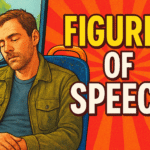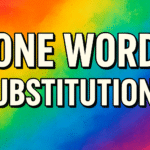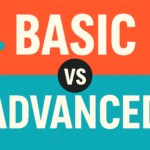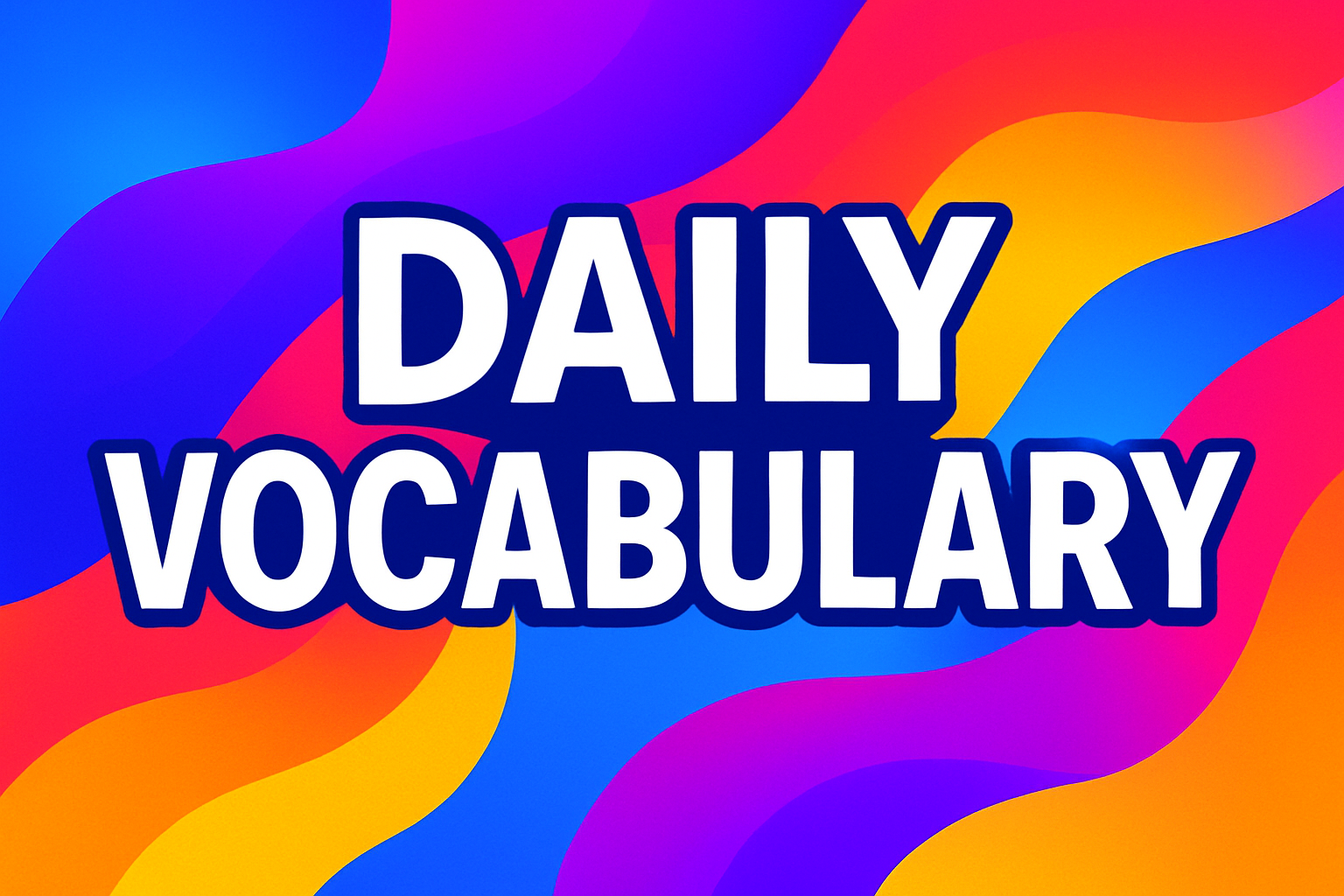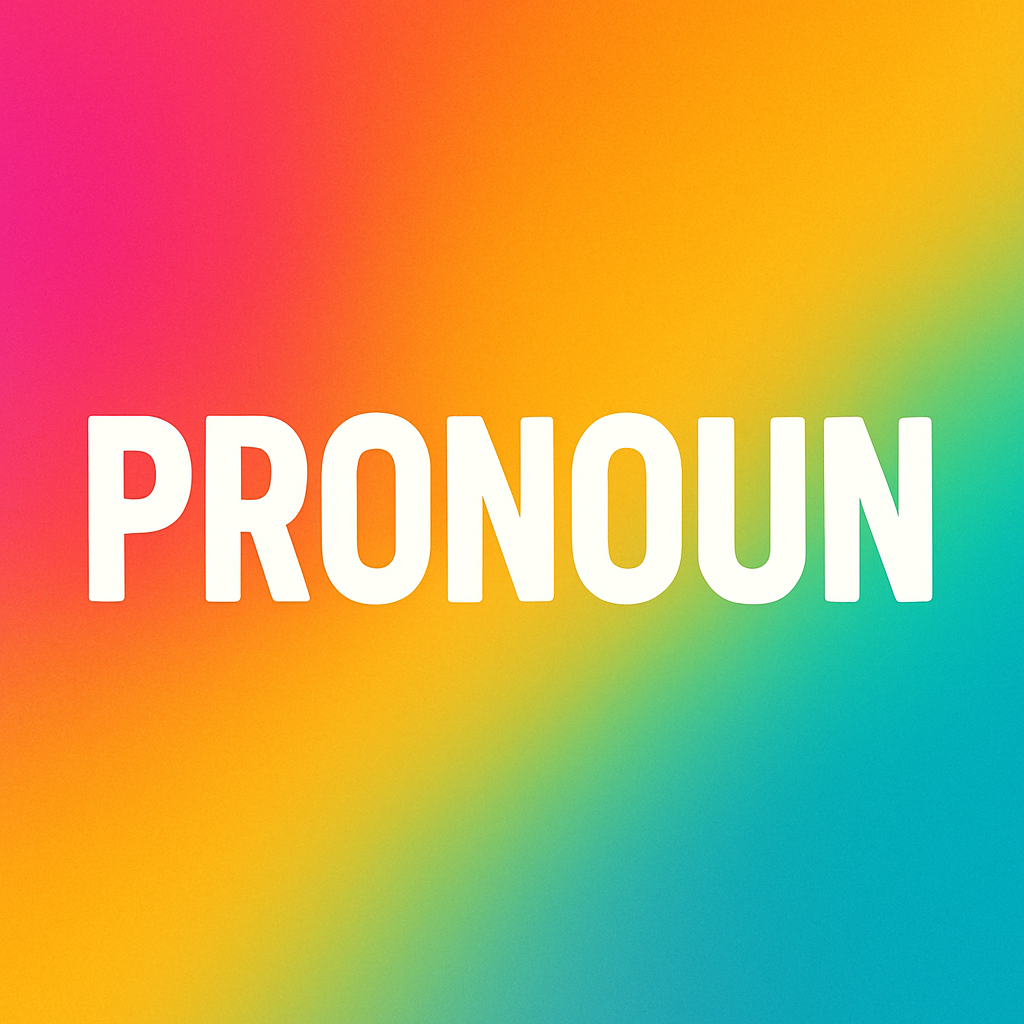Dynamic Verbs: A Comprehensive Explanation
Dynamic verbs, also known as action verbs, describe actions, processes, or activities that involve change, movement, or a specific event. These verbs typically represent something that a subject does, either physically or mentally, and they often imply a sense of activity or progression. Unlike stative verbs, which describe states or conditions that are relatively static (e.g., “know,” “belong”), dynamic verbs indicate something that happens over time, often with a clear beginning and end.
This explanation covers the definition, characteristics, types, and examples of dynamic verbs, along with how they function in sentences and their distinction from stative verbs. The goal is to provide a thorough understanding with clear, practical examples.
What Are Dynamic Verbs?
Dynamic verbs express actions or processes that can be performed by a subject. These verbs are associated with activity, motion, or change and can often be visualized as something happening. They are commonly used in progressive tenses (e.g., present continuous, past continuous) because they describe actions that can be ongoing.
Key Characteristics of Dynamic Verbs:
- Action-Oriented: They describe something the subject does (e.g., run, write, think).
- Temporary or Finite: The action often has a beginning and an end (e.g., “She painted the house” implies a completed action).
- Progressive Tense Compatibility: They work well with continuous tenses (e.g., “I am running”).
- Observable or Measurable: Many dynamic verbs describe actions that can be seen, heard, or measured (e.g., “jump,” “sing”).
- Voluntary or Involuntary: The action can be intentional (e.g., “kick”) or involuntary (e.g., “cough”).
Types of Dynamic Verbs
Dynamic verbs can be categorized based on the nature of the action they describe. Here are the main types:
- Physical Action Verbs:
- Describe physical movements or actions.
- Examples: run, jump, kick, dance, write, eat.
- Example Sentence: “She kicked the ball across the field.”
- Mental Action Verbs:
- Describe cognitive or mental processes.
- Examples: think, imagine, decide, analyze, remember.
- Example Sentence: “He is analyzing the data for the report.”
- Communication Verbs:
- Involve verbal or non-verbal communication.
- Examples: speak, shout, whisper, argue, explain.
- Example Sentence: “They argued loudly about the decision.”
- Activity Verbs:
- Describe ongoing activities or processes.
- Examples: work, play, study, cook, paint.
- Example Sentence: “We are cooking dinner together.”
- Change or Process Verbs:
- Indicate a change in state or a process.
- Examples: grow, improve, develop, change, melt.
- Example Sentence: “The ice is melting in the sun.”
Dynamic Verbs vs. Stative Verbs
To fully understand dynamic verbs, it’s helpful to contrast them with stative verbs, which describe states or conditions rather than actions. Here’s a comparison:
| Aspect | Dynamic Verbs | Stative Verbs |
|---|---|---|
| Nature | Describe actions or processes | Describe states or conditions |
| Examples | Run, write, dance, think | Know, love, own, seem |
| Progressive Tense | Can be used (e.g., “I am running.”) | Rarely used (e.g., I am knowing is wrong) |
| Duration | Often temporary or finite | Often ongoing or permanent |
| Example Sentence | “She is painting the room.” | “She owns the room.” |
Note: Some verbs can function as both dynamic and stative, depending on context:
- Stative: “I have a car.” (possession, stative)
- Dynamic: “I am having dinner.” (action of eating, dynamic)
Dynamic Verbs in Different Tenses
Dynamic verbs are versatile and can be used in various tenses to indicate the timing and nature of the action. Below are examples of dynamic verbs in different tenses:
- Present Simple:
- Used for habitual actions or general facts.
- Example: “She runs every morning.”
- Present Continuous:
- Indicates an ongoing action happening now.
- Example: “She is running in the park.”
- Past Simple:
- Describes a completed action in the past.
- Example: “She ran a marathon yesterday.”
- Past Continuous:
- Shows an ongoing action in the past.
- Example: “She was running when it started raining.”
- Future Simple:
- Indicates an action that will happen.
- Example: “She will run in the race tomorrow.”
- Present Perfect:
- Shows an action completed with relevance to the present.
- Example: “She has just finished running.”
Examples of Dynamic Verbs in Sentences
To illustrate the use of dynamic verbs, here are examples across different contexts and types:
- Physical Action:
- “The children are playing soccer in the park.”
- “He jumped over the fence to escape.”
- Mental Action:
- “She is thinking about her next vacation.”
- “They decided to start a new project.”
- Communication:
- “The teacher is explaining the lesson to the students.”
- “He shouted for help during the emergency.”
- Activity:
- “We are studying for the final exams.”
- “She painted the walls a bright blue.”
- Change/Process:
- “The flowers are growing rapidly this spring.”
- “The company is developing a new product.”
Common Dynamic Verbs List
Here’s a list of commonly used dynamic verbs, grouped by type:
- Physical: run, walk, swim, kick, dance, write, eat, throw, climb, push.
- Mental: think, consider, imagine, decide, plan, analyze, recall, solve.
- Communication: speak, talk, shout, whisper, argue, discuss, explain, announce.
- Activity: work, play, study, cook, paint, clean, drive, build.
- Change/Process: grow, change, improve, develop, melt, expand, shrink.
Dynamic Verbs in Continuous Tenses
Dynamic verbs are particularly suited to continuous tenses because they describe actions that can be in progress. Here are examples:
- Present Continuous: “I am writing a letter to my friend.”
- Past Continuous: “They were dancing at the party last night.”
- Future Continuous: “We will be working on the project tomorrow.”
In contrast, stative verbs like “know” or “love” are rarely used in continuous tenses because they describe static conditions:
- Incorrect: I am knowing the answer.
- Correct: “I know the answer.”
Dynamic Verbs in Real-Life Contexts
To make the concept more relatable, here are scenarios showing dynamic verbs in action:
- At School:
- “The students are writing essays in the classroom.”
- “The teacher is explaining a math problem on the board.”
- At Home:
- “She is cooking a delicious meal for the family.”
- “The kids are playing board games in the living room.”
- At Work:
- “He is analyzing the financial report for the meeting.”
- “The team is discussing the new marketing strategy.”
- In Nature:
- “The river is flowing steadily after the rain.”
- “The trees are growing taller each year.”
Common Mistakes with Dynamic Verbs
- Confusing Dynamic and Stative Verbs:
- Incorrect: “I am owning a house.” (Stative verb “own” cannot be continuous.)
- Correct: “I own a house.”
- Overusing Continuous Tenses:
- Incorrect: “She is jumping every day.” (Habitual actions use simple tenses.)
- Correct: “She jumps every day.”
- Misinterpreting Verbs with Dual Roles:
- Stative: “I see the mountain.” (sight, state)
- Dynamic: “I am seeing my doctor.” (action of meeting)
Practice with Dynamic Verbs
To reinforce understanding, try identifying the dynamic verbs in these sentences and their type (physical, mental, communication, etc.):
- “They are building a new house in the neighborhood.”
- “She thought carefully before answering the question.”
- “The crowd cheered loudly during the match.”
- “The ice cream is melting in the heat.”
- “We discussed the plan for hours.”
Answers:
- Building (Physical)
- Thought (Mental)
- Cheered (Communication)
- Melting (Change/Process)
- Discussed (Communication)
Conclusion
Dynamic verbs are essential for describing actions, processes, and changes in English. They bring sentences to life by showing what the subject is doing, whether it’s a physical movement, mental process, or communication. By understanding their characteristics, types, and usage in different tenses, you can use dynamic verbs effectively to make your speech and writing more vivid and precise.

